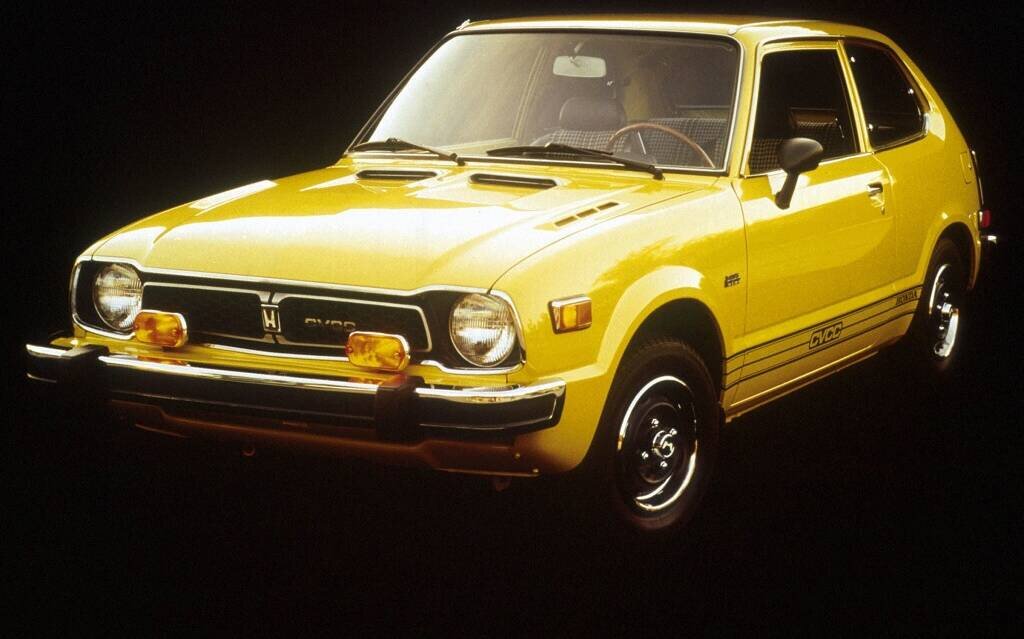Soichiro Honda said in an interview, “When the US Congress passes new pollution standards, we hire 50 more engineers and GM hires 50 more lawyers.” It is with this state of mind that the Japanese brand was the only one to pass the first American pollution standards in 1975 without using catalytic converters.
The problem of air pollution is not new. As early as 1955, the American Congress passed a decree concerning research and training programs. In 1963, the first Clean Air Act is enacted. It sets the first emission standards for vehicles from the 1968 vintage. In 1966, California established theAir Resource Office (or CARB), which will develop its own standards. In 1970, it was the federal government’s turn to create the Environmental Protection Agency (EPA).
On December 31, 1970, Richard Nixon signed a major revision of the Clean Air Act of 1963 which stipulates that from the 1975 vintage, cars will have to emit a tenth of their levels of carbon monoxide (CO) and hydrocarbons (HC) compared to 1970. From 1976, the emissions of oxides of nitrogen (NOx) will also have to be divided by 10. Among the American manufacturers, it is the general outcry.
In Japan, because of the extremely rapid growth of the automobile market after the Second World War, the situation was no better and the Japanese government had to introduce strict pollution control laws as early as 1966.
From scratch
Founded by Soichiro Honda in 1946, Honda became the largest motorcycle manufacturer in the world in 1959. It was not until 1963 that the company marketed its first 4-wheeled vehicles: the T360 compact pickup truck and the S500 sports convertible. In 1965, Honda was still a young car manufacturer, but began to take an interest in air pollution problems. In the summer, he established a first research laboratory (AP Lab).
Photo: Honda
“We had no answer as to what caused the air pollution at the time,” said Taksu Date, Honda’s research and development director at the time. “All we had was a device that measured carbon monoxide. We even had to ask what NOx and HC were, because in Japan there was no equipment available to measure them. »
Engineers test many technologies already known, including diesel, rotary engine or catalysts. Quickly, they come to the conclusion that the best way to limit polluting emissions is to obtain the most complete combustion possible in the cylinder. The solution that will finally prevail for Taksu Date and his teams: the stratified charge.
Rich versus poor
In a combustion engine, the ideal ratio between air and gasoline, called the stoichiometric ratio, is 14.7:1 (or 14.7 grams of air for 1 gram of gasoline). A higher value is considered a lean burn, which is good for gas mileage, but can cause unstable or incomplete combustions. A lower value leads to more stable combustion, but affects consumption. Different solutions are tested by the AP Lab teams to obtain an optimal mixture (heating the mixture, increasing turbulence in the chamber, stronger ignition, several candles), without results.
The idea of the stratified charge is to create a rich mixture around the source of ignition in order to generate a powerful flame front, capable of burning the remainder of the mixture in the cylinder, which is itself lean. Easier said than done… The first work on this technology dates back to the beginning of the 20th century and several prototypes were built (Texaco TCCS and Ford PROCO in particular). The Russian Nilov engine was used on boats, but by the late 1960s no commercial automotive applications were available.
Taksu Date thus had the idea of using an auxiliary combustion chamber, a bit like the diesel engines of the time, which used a prechamber to produce the air/fuel mixture. A rich mixture (4:1) is introduced into the pre-chamber, where the spark plug is also located, while a lean mixture (20:1) is introduced into the cylinder through the intake valve. The rich mixture represents about 5% of the total composition. At top dead center, the spark plug ignites the rich mixture and the flame spreads throughout the rest of the cylinder.
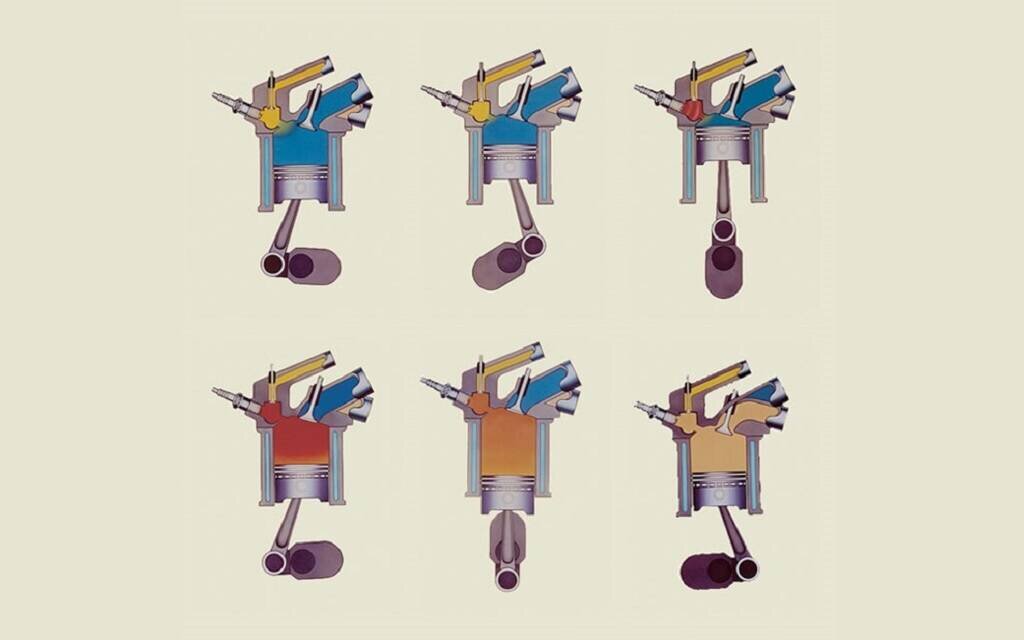
Photo: Honda
The idea is attractive for Honda because, at the time, no other manufacturer seems to follow this track. Work started in 1969. Junji Otani and Akira Okubo were responsible for designing the heads. The first tests, carried out at the end of 1969 on a modified diesel engine, proved promising. New tests on a single-cylinder variant of the N600 block confirm the preliminary results. Honda also uses water-cooled Nissan engines for its testing (the development of CVCC and the failure of the 1300 model will hasten Honda’s move to water-cooling).
Putting under pressure
Noting the good progress of the work, Soichiro Honda decides to make a public announcement concerning the new engine. On February 12, 1971, he held a press conference where he declared, “We now have the prospect of developing an engine that meets 1975 emission standards. We will begin commercial production of this engine in 1973.” Honda’s objective behind this announcement is to force engineers to deliver a finished product. It also reveals the name of this engine: CVCC for Compound Vortex Controlled Combustion. It was found by Taksu Date, Shizuo Yagi, and Kazuo Nakagawa and reflects the fundamental ideas of the technology without revealing anything about the auxiliary chamber as the engineers are currently filing patent applications.
Much remained to be done to obtain EPA certification: calibrating the carburettors, redesigning the auxiliary chamber and the exhaust pipes… Things accelerated during 1972. The first prototypes were completed in the summer. On October 11, 1972, the final engine was presented at the Akasaka Prince Hotel in Tokyo by Soichiro Honda. The brand announces that, since the modifications relate only to the heads, the CVCC can be installed on existing engines and that it can pass the 1975 standards without an additional treatment system, such as a catalytic converter. At this time, Honda has filed 230 patent applications. And all that is without mentioning the launch of the new Civic on the Japanese market in July 1972.
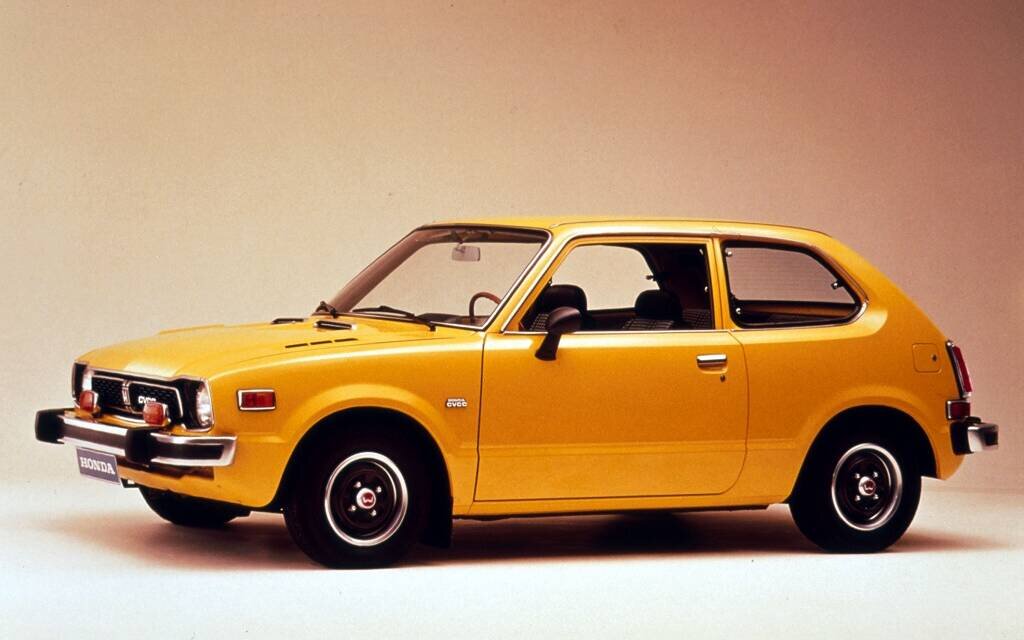
Photo: Honda
Faced with Honda’s announcements, the EPA asks the manufacturer if cars can be sent to America for testing. Three Civics are shipped to a lab in Ann Arbor, Michigan, for full evaluation. They are modified with sandbags to weigh 2,000 pounds. In December 1972, the agency published a 14-page document which can be summed up as follows: the CVCC engine was the first to pass the 1975 standards. In addition, the EPA emphasized that there was no impact on ride quality or fuel consumption while there is enough headroom for the technology to be valid in a heavier vehicle. On the other hand, adjustments will be necessary to pass the NOx levels of 1976. For Honda, this is an incredible victory!
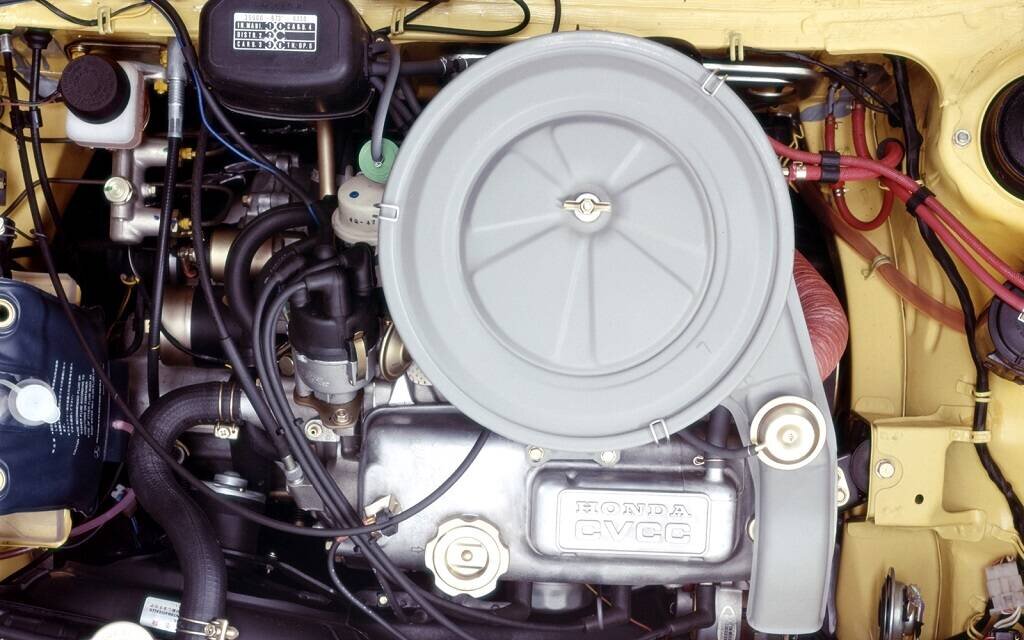
Photo: Honda
The American response
The brand is keen to offer its technology to other manufacturers in the form of a license. Toyota will be the first to sign. Ford will be interested for a while (its PROCO system will not go anywhere), but will abandon the idea. As for General Motors, it’s a strict no. Following the 1970 amendment, the company went massively down the road of catalytic converters. Richard Gerstenberg, then GM president, said in 1973, “We looked at this technology, and although it might work on a small toy motorcycle engine, I don’t see any potential for one of our automobile engines.”
Soichiro Honda is an affable man, who should not however be provoked too much. His response will be epic. He buys a 1973 Chevrolet Impala and sends it to Japan. There he had CVCC motor heads built for the 350 cubic inches (5.7 liters) installed in them. The car returned to the United States for EPA testing, which it passed with flying colors without a catalyst. And if you think that’s a story too good to be true, there’s a 13-page document issued by the EPA in October 1973 that concludes with these words: “The capability of the CVCC engine concept to meet the hydrocarbon and carbon monoxide standards for 1975/76 when applied to a full-size vehicle has been confirmed”. The slap!
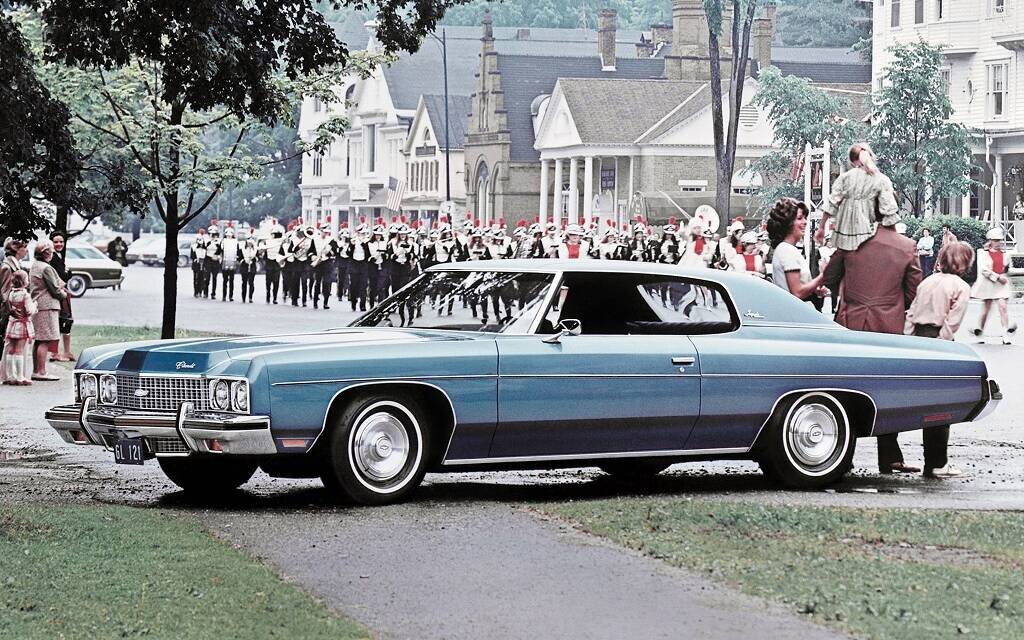
Photo: Honda
The right idea at the right time
The Civic was introduced to the North American market for the 1973 model year. The 1975 model, with the new 1488 cc 52 horsepower CVCC engine, was officially certified by the EPA in November 1974. While all competitors used catalytic converters, which must absolutely consume unleaded petrol, the Civic can run on both types of petrol without distinction, a big advantage in these times when, after the first oil shock of October 1973, petrol is still sometimes rationed. This, combined with the best fuel consumption rating, will prove to be an excellent selling point. Consumers are now starting to look at the brand from a new angle. In 1975, Honda became the fourth largest importer in the United States, behind Volkswagen, Toyota and Nissan. The rest, as they say, is history.
With the tightening of pollution standards, HVAC engines will have to use catalytic converters from 1980. In the meantime, Honda will have experienced major growth in North America. In its various forms, the CVCC engines would be produced until 1990 and would be fitted in many models around the world, including the Accord and Prelude on the North American continent. Honda will then gradually switch to its PGM-F1 injection system. In the late 1970s, the brand’s slogan in the United States was ” We make it simple (We make it simple). The CVCC was possibly the best illustration of this!
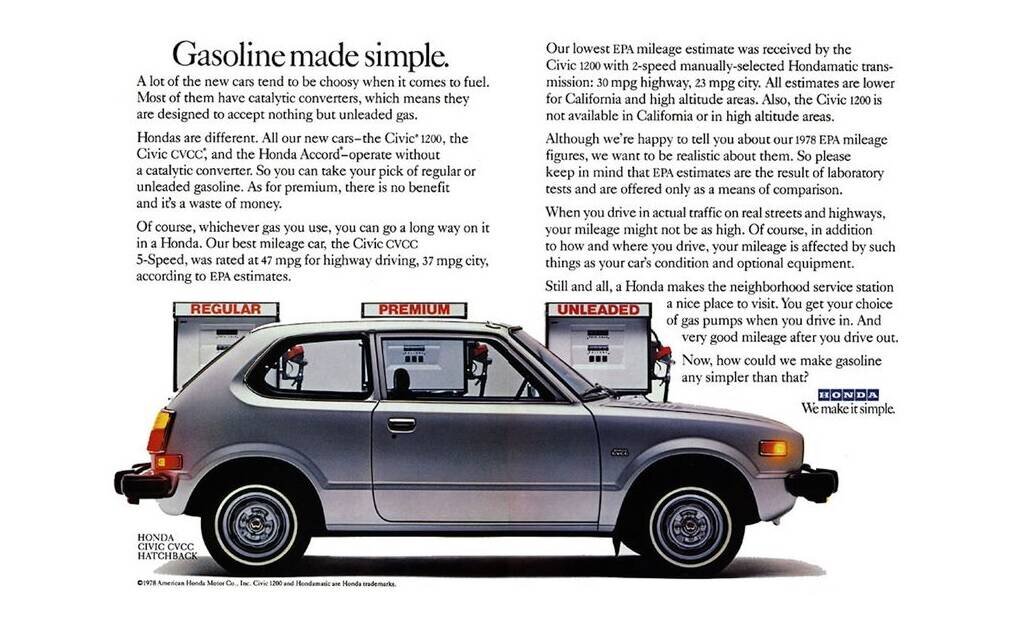
Photo: Honda
